Shinagawa parking access
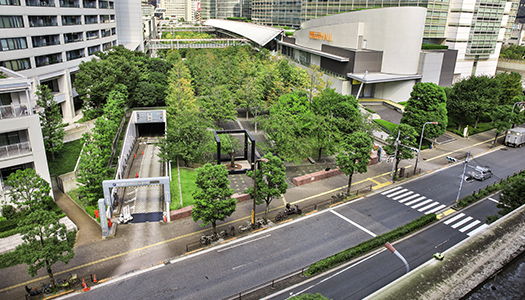
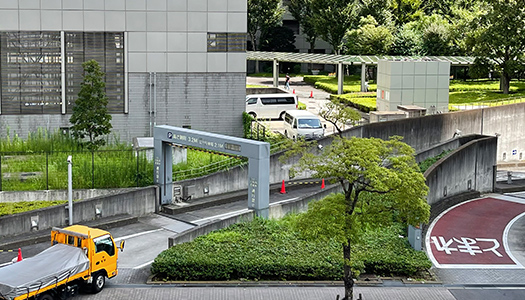
Shinagawa Parking Access refers to the parking lots of each building in District A1 (Shinagawa Intercity), District B1 (Shinagawa Grand Commons), and District B3 (Area Shinagawa) among the development districts of the "Shinagawa Station East Exit District Redevelopment District Plan". This is the name of the underground road connecting to the parking lot that connects the Minato City public parking lot underground to the station square traffic plaza.
Two lanes, each approximately 700m long, pass through the district from north to south, with 3 U-turns along the way, total length approximately 1,500m, width approximately 6m, and height 3.2m (the height at the public parking lot connection is 2.1m). ) connects nine parking lots (approximately 2,500 parking spaces) in the area, and traffic hours are from 7 a.m. to midnight.
The owners and constructors are private developers in each area and Minato Ward. Construction began in September 1998, completion of construction in areas A1 and B1 was at the end of March 2003, and partial operation began on April 5, 2003. Construction of Area B3 was completed on June 20th of the same year, and full operation began on July 1st of the same year.
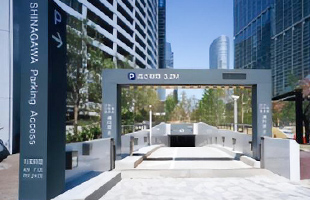
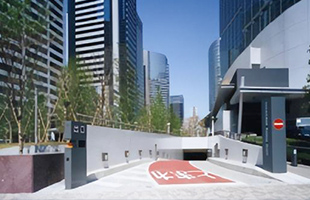
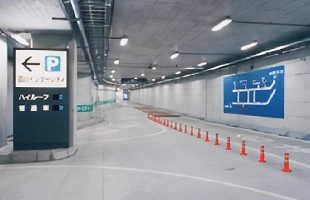
As an underground road that connects the parking lots of multiple buildings, "Motomachi Parking Access" (opened in March 1994, underground length 820 m) was built in conjunction with the development of the Kamiyacho intersection in Hiroshima City. However, it is also used as a through road to alleviate traffic congestion in the Motomachi and Kamiyamachi areas on the ground, and it is a public road managed by Hiroshima City as a road.What is Shinagawa Parking Access? They are different in that respect.
Shinagawa Parking Access is a unique facility in that it is a roadway for parking lot users that was jointly developed by the public and private sectors, its scale, and the fact that it is not a public road.
The construction of Shinagawa Parking Access and Shinagawa Central Garden (large pedestrian space) was planned in the "Shinagawa Station East Exit Area Redevelopment District Plan," but pedestrian traffic movement was improved by constructing an underground roadway. It is possible to separate the lines and vehicle traffic flow lines, and it is also possible to develop each high-rise building in the A1 and B1 districts as an integrated large block without having to separate them with surrounding roads. By arranging the public open space, the receding part of the building wall, and the park in an integrated manner, we have created Shinagawa Central Garden, a large-scale pedestrian space.
